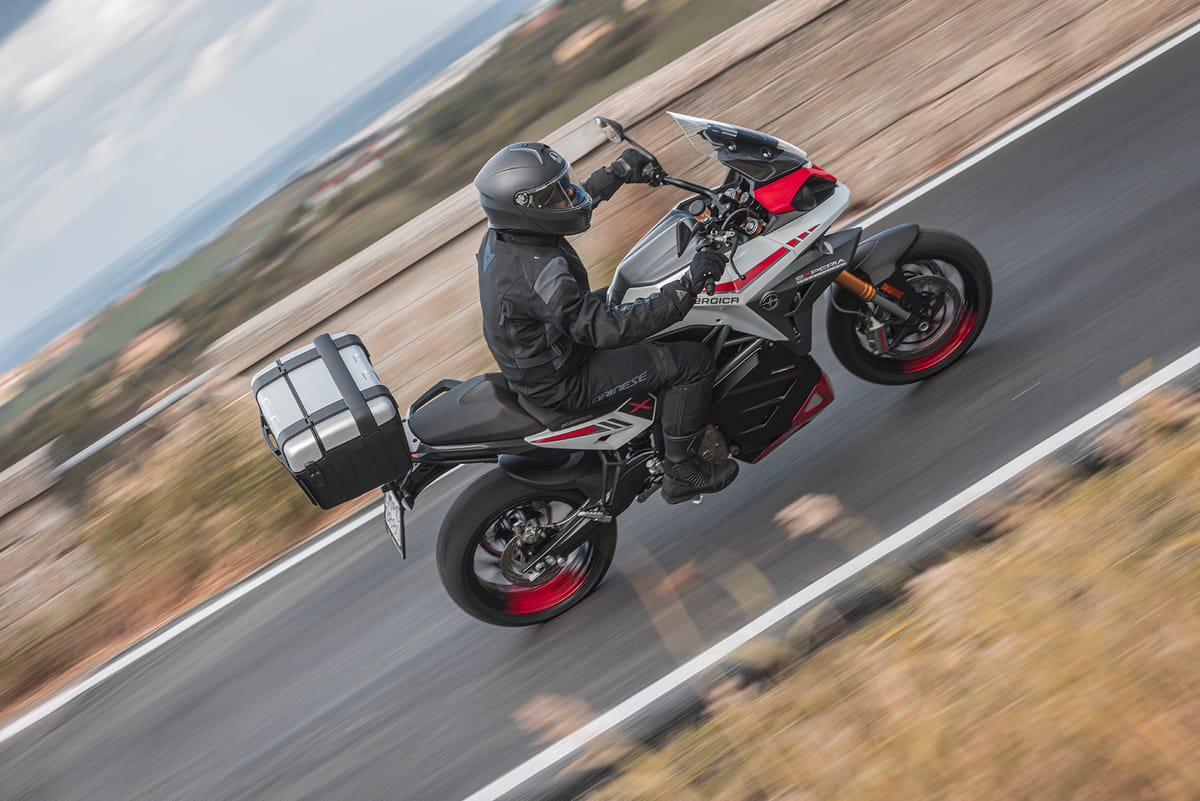Continue reading with a subscription
We save the most-in-depth, the most informative posts for our paid subscribers. Start a 15-day free trial of Premium now
Sign up now Already have an account? Sign inElectric traction and large lifestyle motorcycles don't play well together. The tech hasn't reached the point yet. So, it was unsurprising that Energica filed for bankruptcy last week. It's not the first and would not be the last electric lifestyle brand to do so.

We save the most-in-depth, the most informative posts for our paid subscribers. Start a 15-day free trial of Premium now
Sign up now Already have an account? Sign in